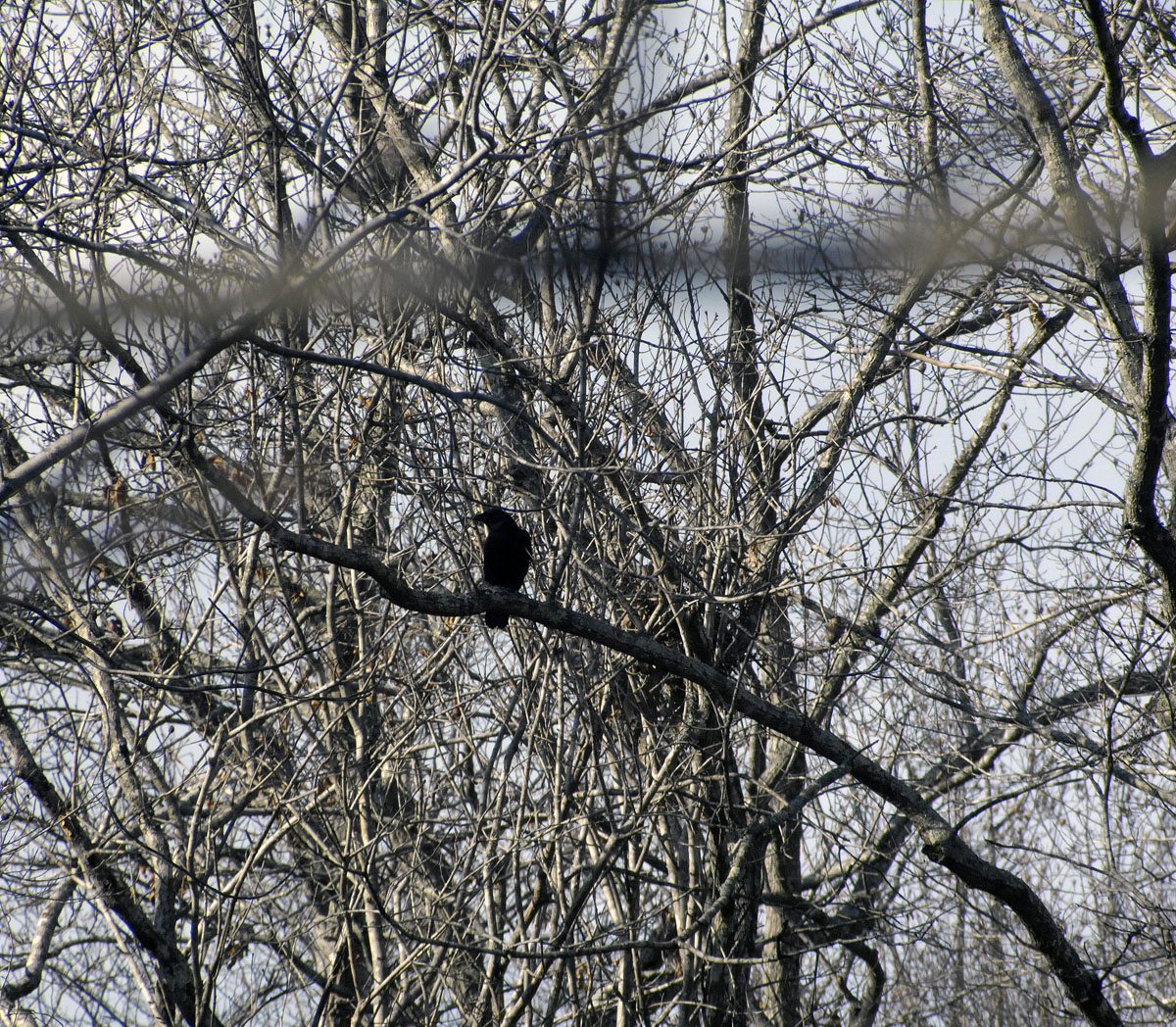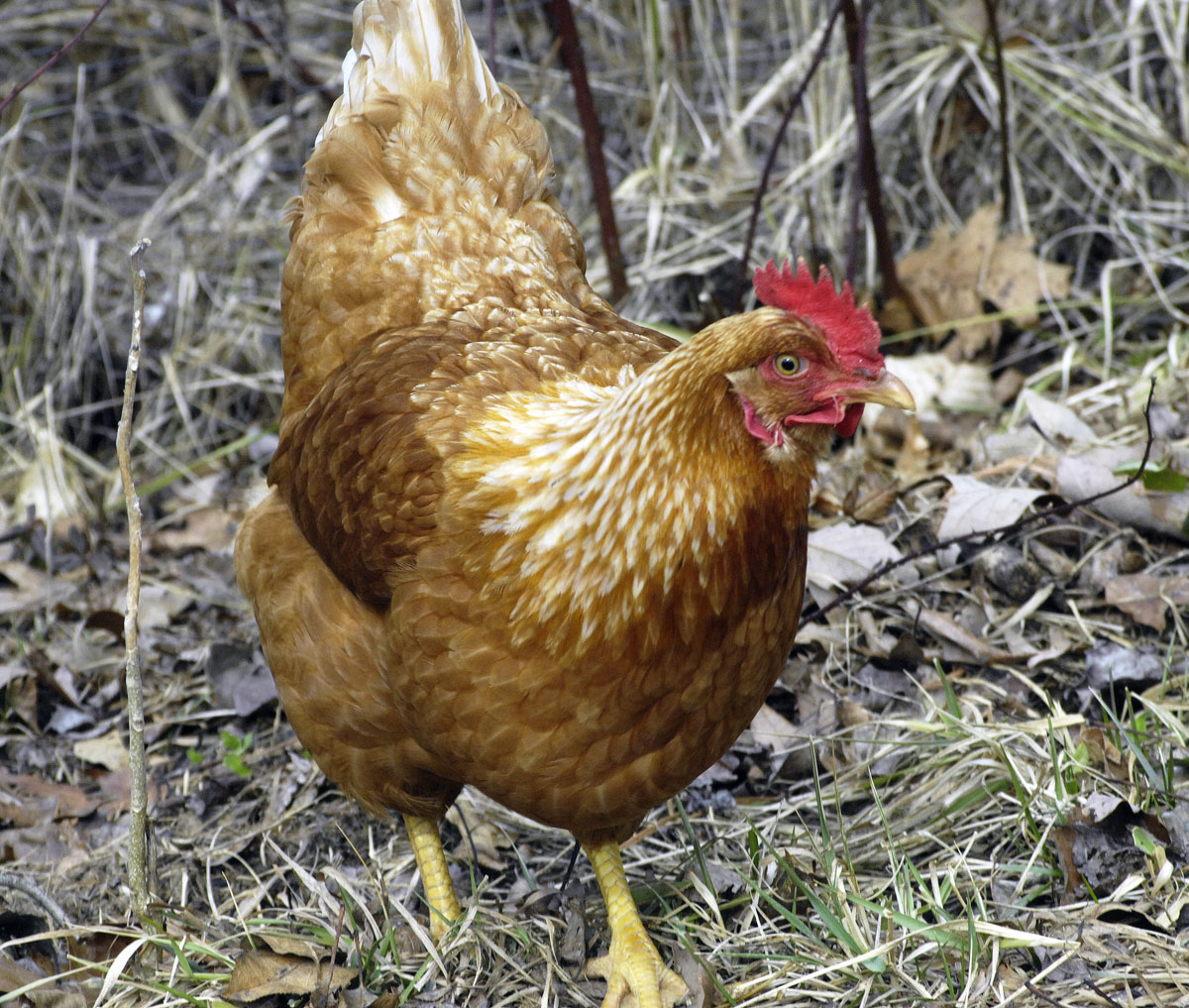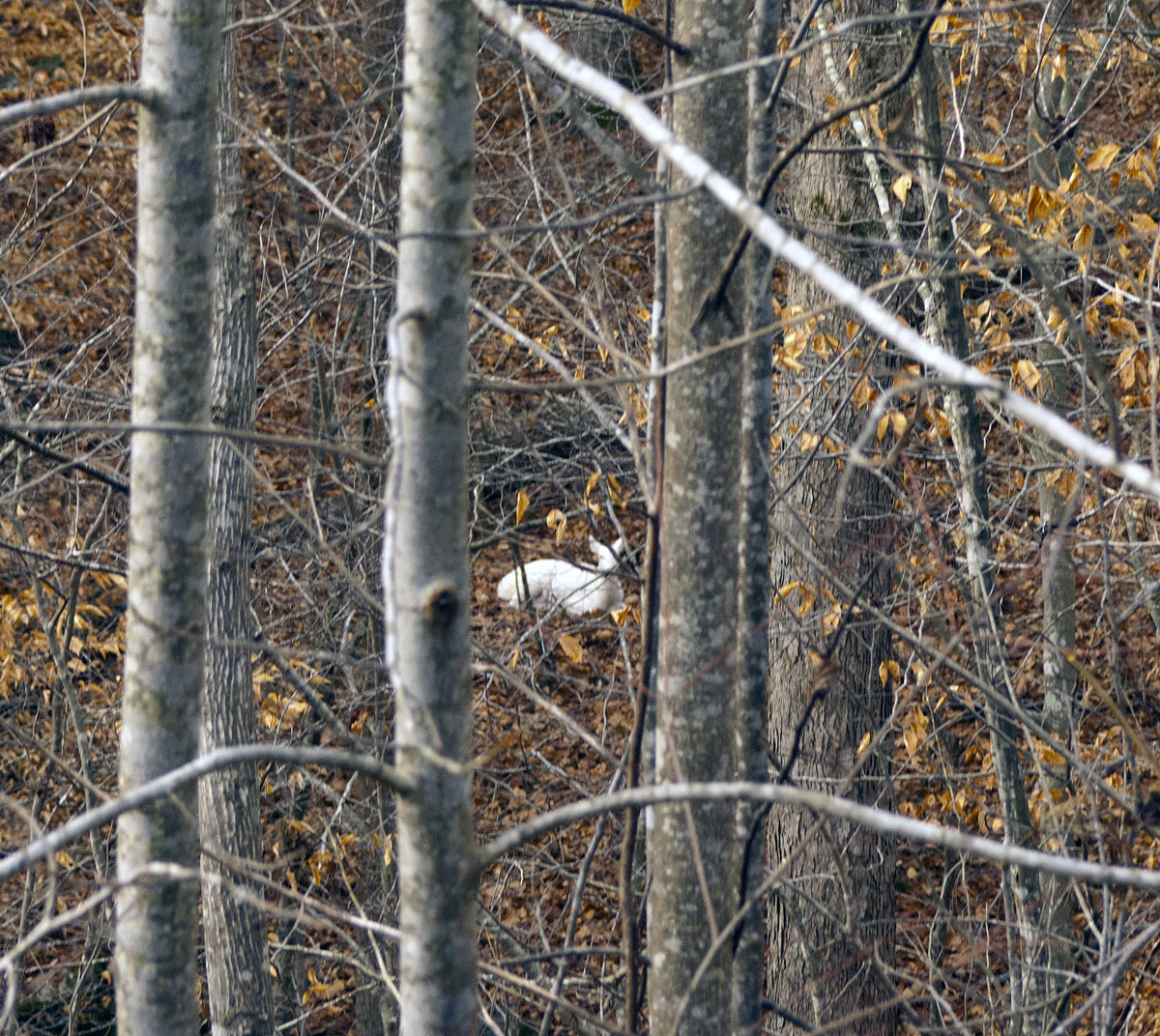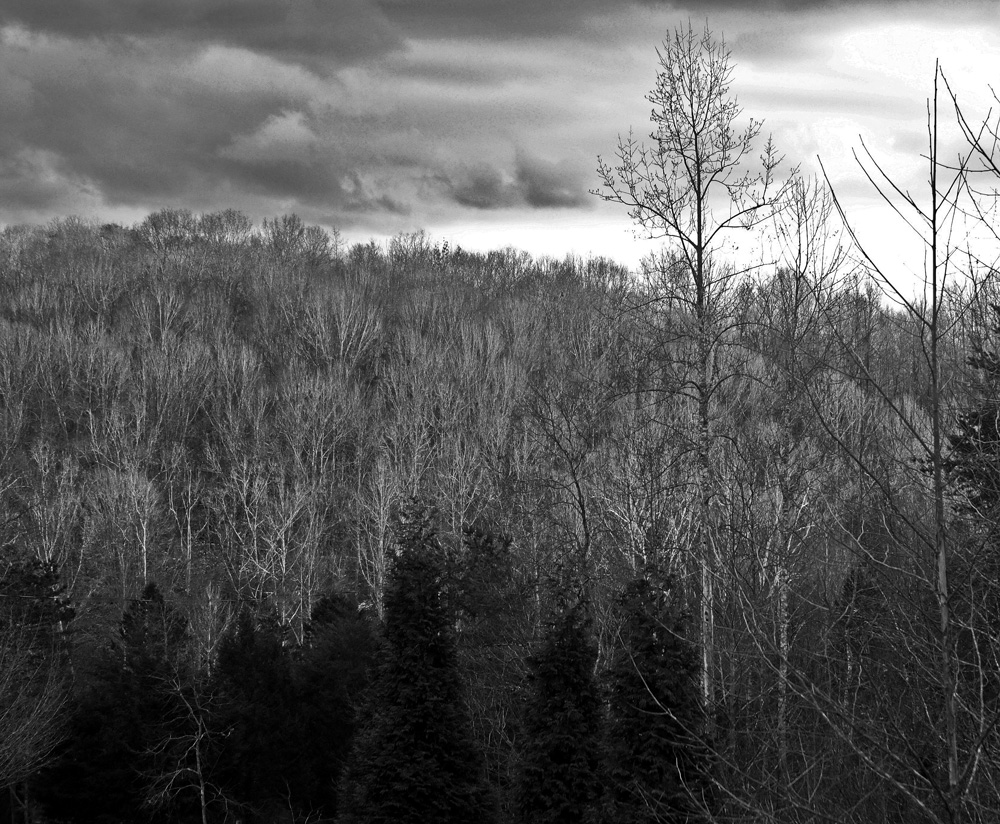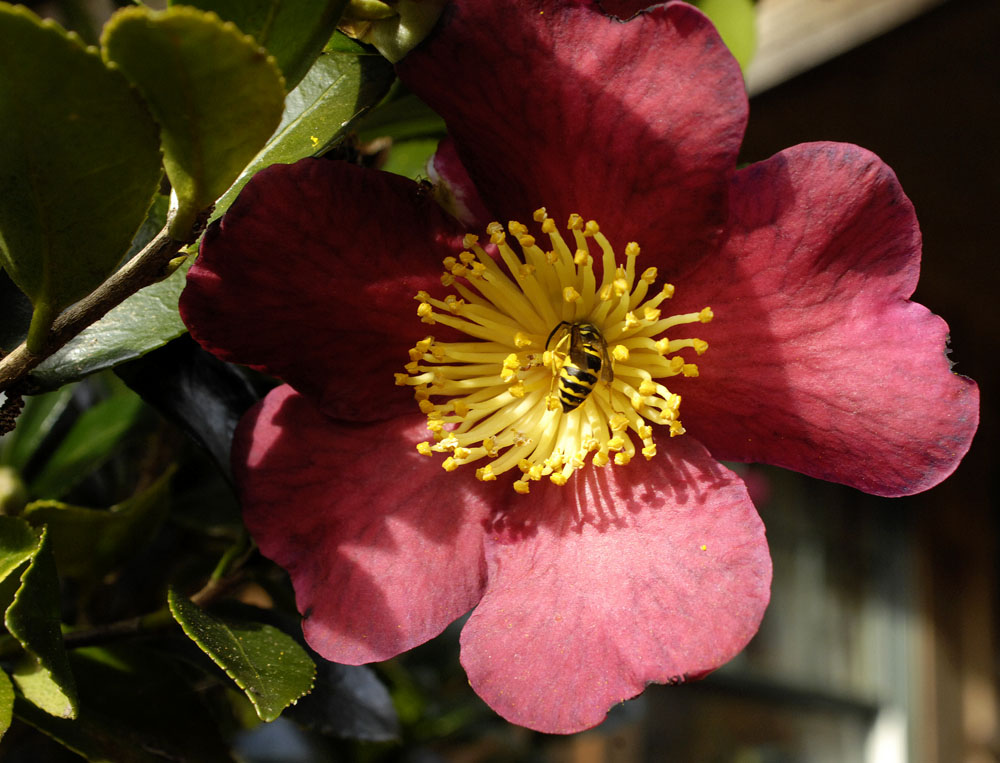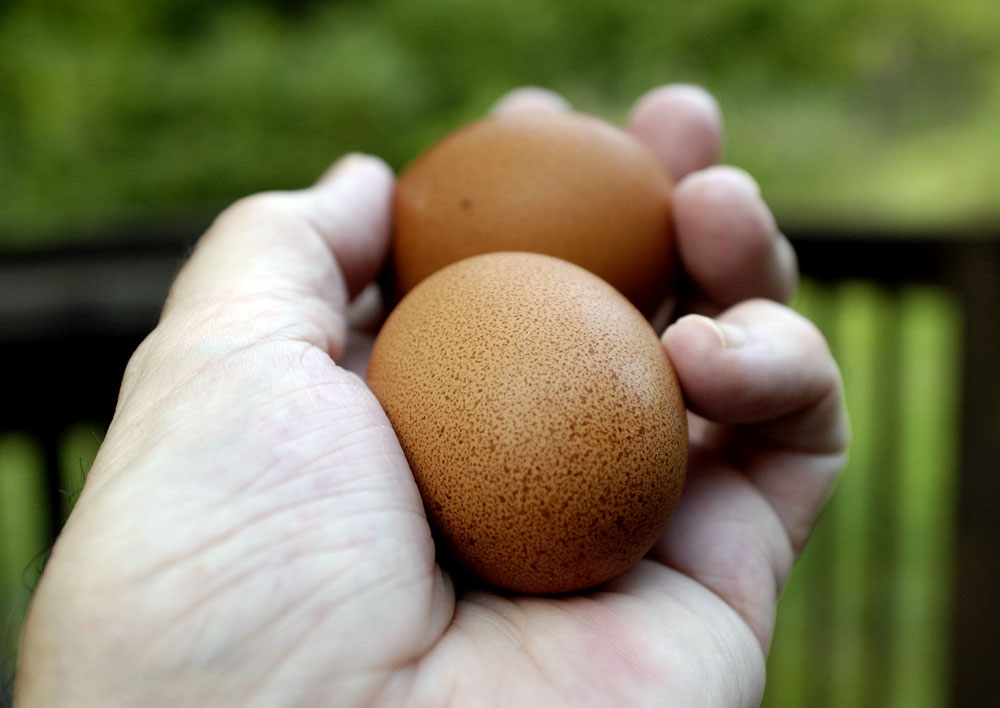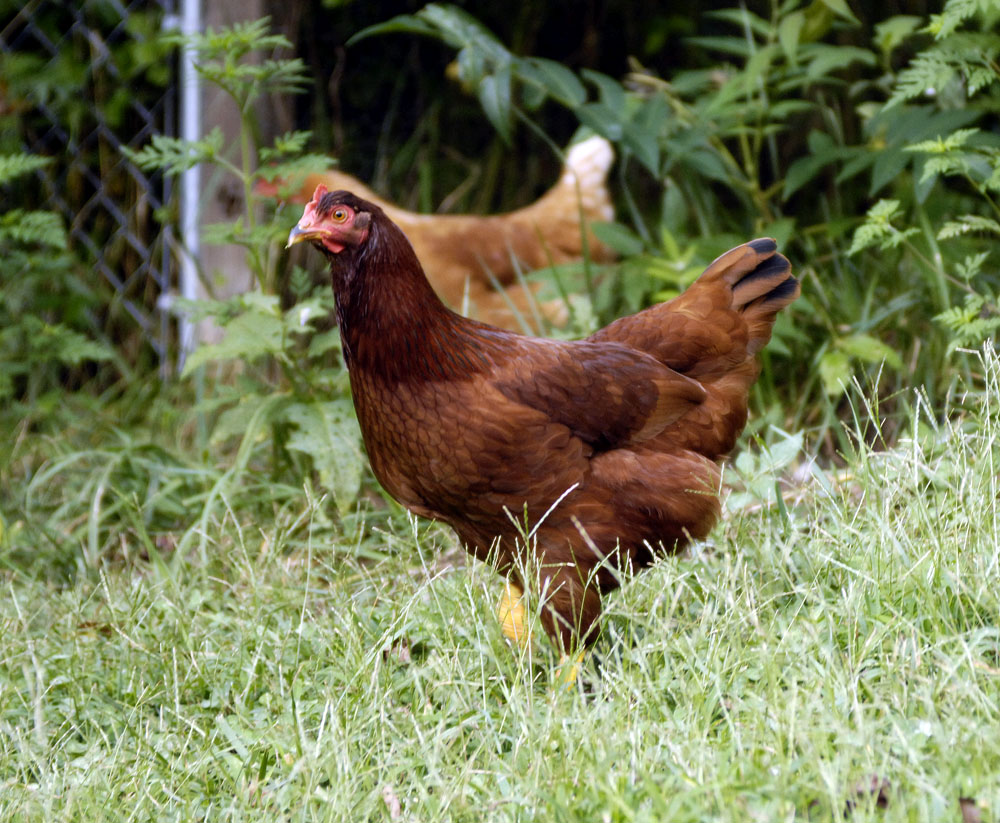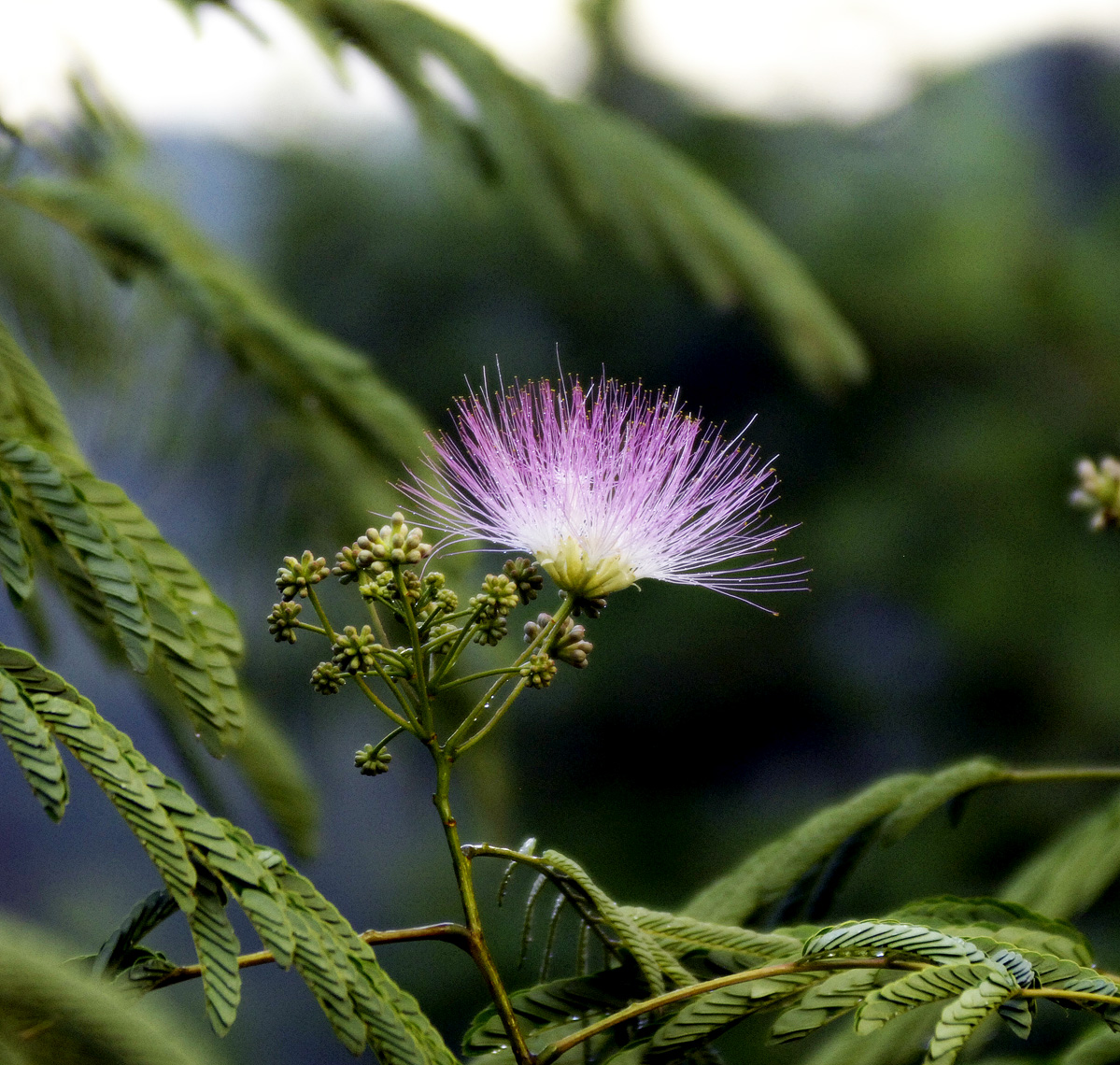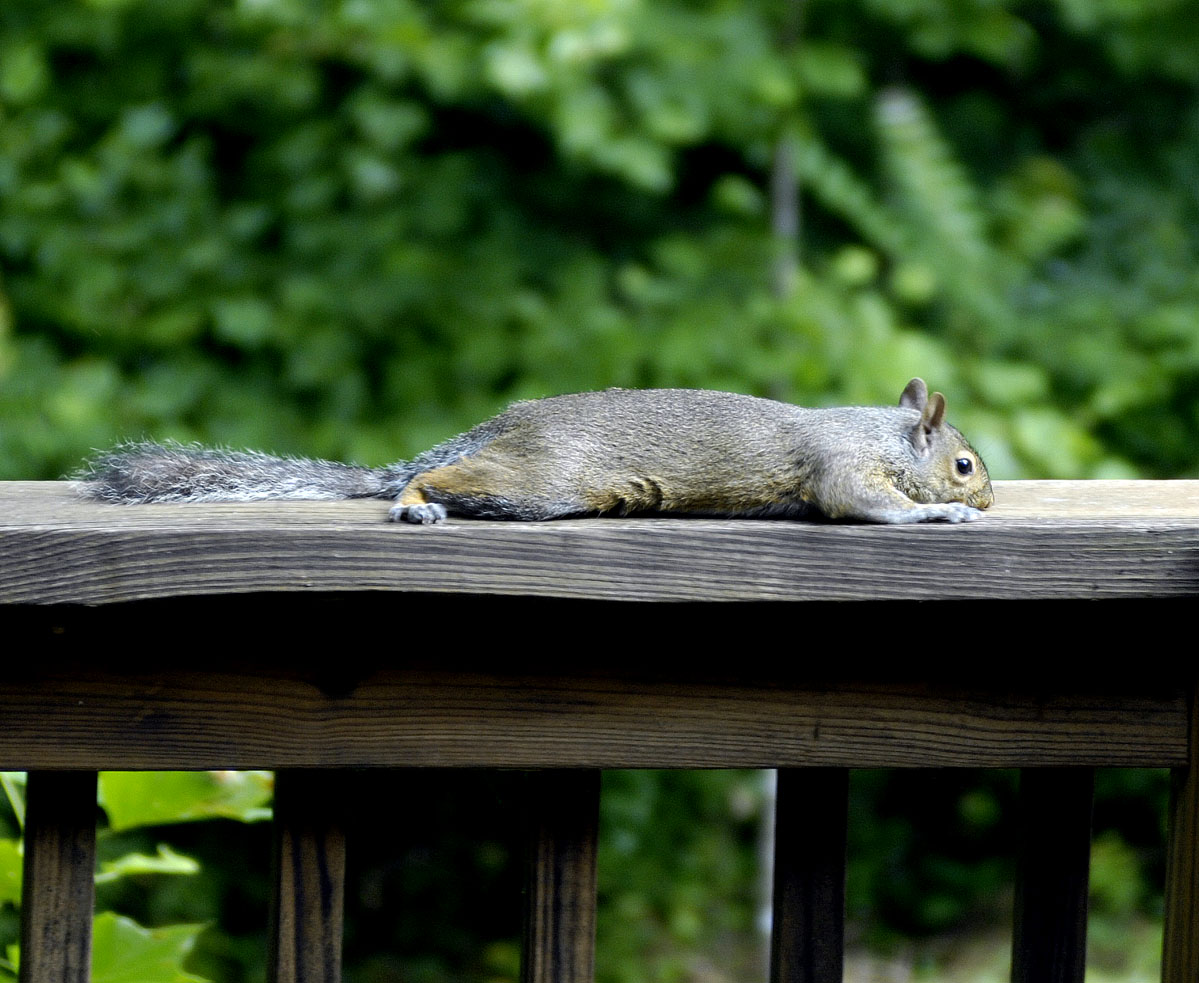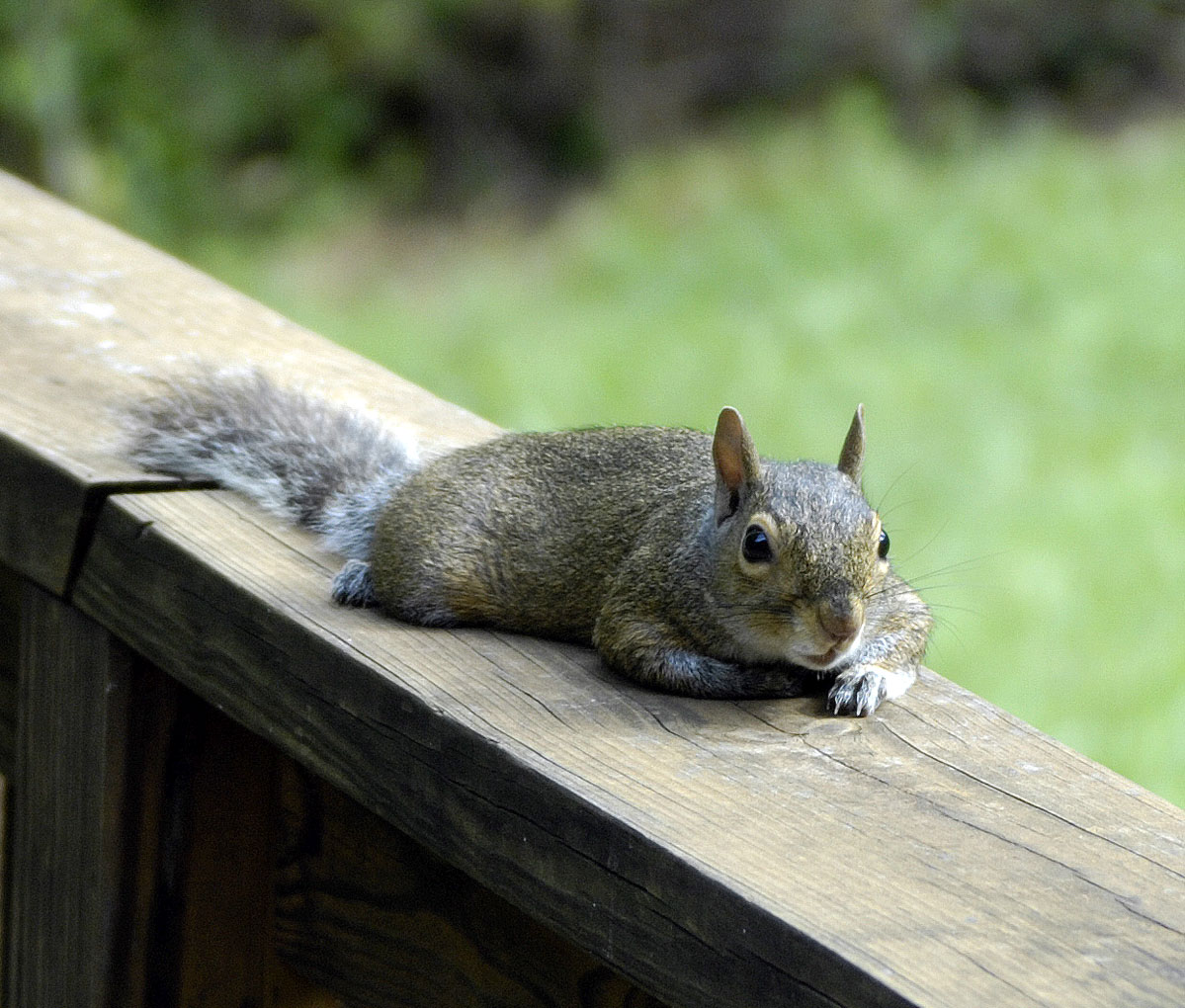A couple of days ago, a gang of crows drove off a hawk and saved the life of a chicken. Now I would like to know how to put up a big sign that says “Crows Welcome Here.”
I Googled, and it seems I’m not the first person to have chickens saved by crows. There’s actually a lot of material on the web about how to attract crows. It boils down to: Feed them, and call them.
For feeding them, I need to find a sack of peanuts in the shell. Calling them requires a “crow call,” which I’ve ordered from Amazon.
Almost every day this winter, I’ve had a gathering of crows in the woods behind the abbey, usually in the afternoon. Sometimes it’s only a few crows, but sometimes it’s hundreds. On the day the crows drove off the hawk, I could tell from the sound — angry and agitated crow sounds as opposed to social chatter — that something was going on. I dashed outdoors and saw a dozen or two crows harassing a hawk, which was right above my chickens, over the orchard. Soon the hawk flew off, chased by crows. I suspect that this is not the first time that has happened. As for the chickens, they watch the sky, and they certainly can distinguish hawks from other birds. The chickens pay no attention to the crows, but they scream and run for cover when they see a hawk.
It’s sad how many people consider crows to be pests. Like moles, or possums, I’ve never known them to do the slightest harm.
Now I’ve got to figure out a crow strategy. If they learn that I’m putting out food for them, they’ll keep an eye out for food and, in doing that, also keep an eye out for hawks.

